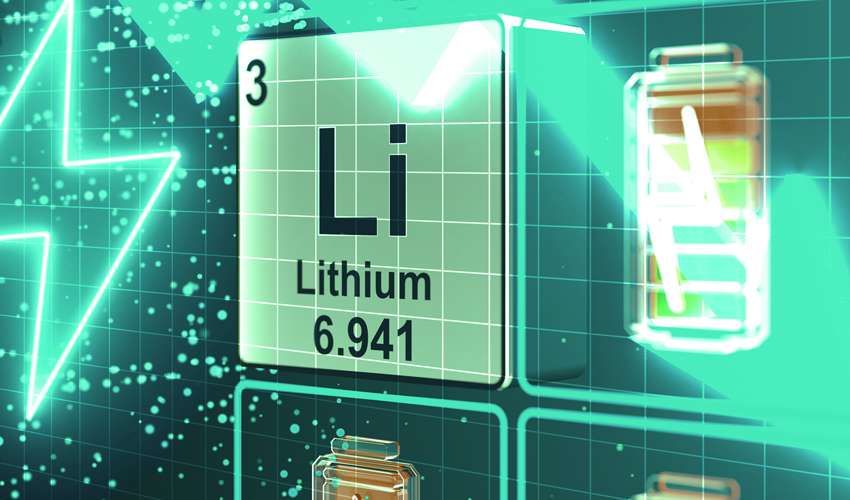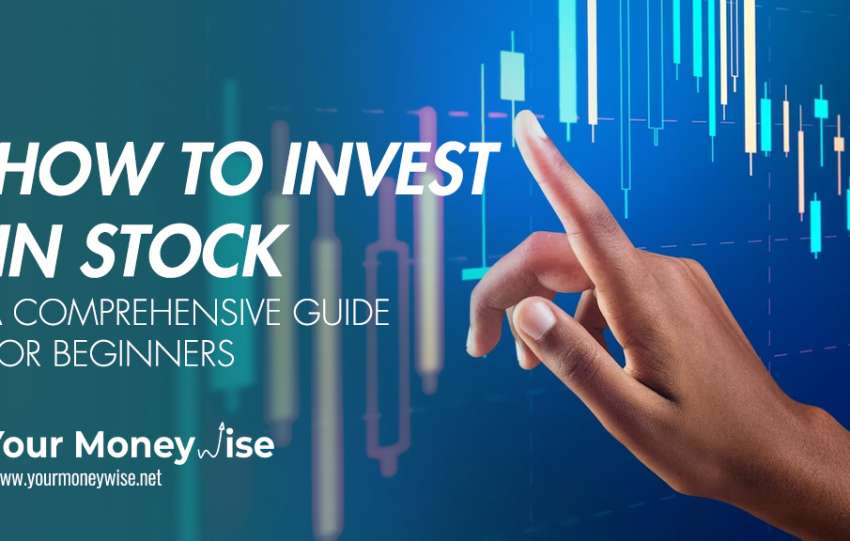Inflation is a much talked about term in recent times as the United States struggles with record-high inflation rates. The inflation rate peaked at 9.1% in June 2022, making it one of the most economically tumultuous years for the country.
But what is inflation in business? Inflation is an economic phenomenon where prices rise and the purchasing power of the currency declines over a period of time. The inflation rate for a year is the fall in the percentage of the currency’s purchasing power for a given year.
A rise in the prices of goods and commodities is calculated to arrive at the inflation rate. Therefore, inflation and the rise in prices are fundamentally synonymous. As prices rise, the currency gets weaker, and you end up buying fewer goods for the same amount of money.
However, inflation is a broad term and there is much more to it. In this blog, we will take a look at inflation, the causes of inflation, and how we measure it.
Let’s get started.
What is Inflation?
As mentioned above, inflation is a rise in prices which equates to a decline in the purchasing power of the currency. The rate at which the purchasing power declines is reflected in the average price increase of goods and commodities over some time.
The price rise, expressed as a percentage means that a unit of currency effectively buys less than it did before. Inflation is the direct opposite of deflation, which occurs when prices decline and the purchasing power of the currency rises.
Inflation is a broad topic. While it is easy to measure the price changes of an individual product over time, humans need more than just one or two products.
Humans are accustomed to living a comfortable life and require a diversified set of products and services to sustain their lives. These include commodities like food, grains, fuel, utilities like electricity, and transportation, and services like entertainment, healthcare, and labour.
Inflation is aimed towards measuring the overall impact of price rise for a diversified set of products and services. It allows for a single unit representation of a price change of a diversified set of goods and services in an economy over some time.
How Does Inflation Work?
A big change in price means that a single unit of money buys fewer goods and services. The loss of purchasing power impacts the cost of living for the general public which ultimately leads to a deceleration of the economy.
According to experts, the consensus view is that sustained inflation only occurs when a nation’s money supply growth outperforms economic growth.
However, monetary authority(mainly central banks) takes necessary steps to combat inflation and manage the money supply to keep inflation within permissible limits and keep the country’s economy running smoothly.
Inflation is measured in a variety of ways depending on the type of goods and services. It is the opposite of deflation, which is a general decline in the prices when the inflation rate falls below 0%. However, deflation shouldn’t be confused with disinflation, which is another term that signifies the slowing down in the rate of inflation.
What Causes Inflation? (Types of Inflation in Economics)
Although there are different dynamics behind inflation, its primary trigger is an increase in the supply of money. The increase in the supply can be done by minting additional currency notes, devaluing the currency, or introducing cash into the secondary market.
In all of these cases, the currency ends up losing its purchasing power. The mechanism of how this triggers inflation can be categorized into three types-
- Demand-pull Inflation
- Cost-push Inflation
- Build-in Inflation
Demand-Pull Inflation
The supply of money in the economy sparks a rise in demand in the market. With an increased demand for goods and services compared to the supply, the prices rise inevitably. With cash availability, consumerism in the market increases while the supply is not able to cope with the increased surge of demand.
Cost-Push Inflation
Cost-push inflation happens when the production costs increase ultimately leading to a rise in the price of products. For example- when a manufacturer agrees to increase the wages of the employees, they lose a portion of their profit, provided the selling price remains the same. To restore the profit, the manufacturer raises the price of the final product.
At a macro level, this would lead to a price rise triggered by an increase in the cost of production. This creates a positive feedback loop, where the increased wages of the workers are not enough due to the price rise, leading to more demand for wage increases.
Built-in Inflation
When a price rise happens, workers and suppliers anticipate the rise to continue and start demanding more. This, in turn, increases the cost of manufacturing and eventually the price of the commodities. The price rise-cost rise cycle creates a positive feedback loop, increasing the inflation rate exponentially.
Apart from these three major dynamics, there are a plethora of other factors that can influence the inflation rate in a country. For example- technological advancements have made manufacturing processes cheaper, resulting in the lowering of prices of technology-driven products.
Other factors like the unemployment rate, saving propensity and velocity of money can also influence the inflation rate.
Read Also:- A Complete Guide on Roth IRA
The Formula for Measuring Inflation
Several price indexes like the Consumer Price Index, Wholesale Price Index, and Producer Price Index are used to calculate the value of inflation. While there are ready-to-use inflation calculators available on most financial websites, it is important to understand the methodology behind the calculations to ensure accuracy.
Percent Inflation Rate = (Final CPI Index Value ÷ Initial CPI Value) x 100
For example- if you wish to know the difference in purchasing power between September 1975 and September 2018. You can find the price index data from various websites. Pick the CPI figures for the given two months and insert them into the formula.
Percent Inflation Rate = (252.439 ÷ 54.6) x 100 = (4.6234) x 100 = 462.34%
If you wish to know the change in dollar value of $10,000, simply multiply the inflation rate by the amount-
Change in Dollar Value = 4.6234 x $10,000 = $46,234.25
This means, that $10,000 in September 1975 was worth $46,234.25. If you purchased a group of goods and services for $10,000 in September 1975, the same basket would cost you $46,234.25 in 2018.
Types of Price Indexes
Depending on the selected goods and services, multiple types of diversified goods are measured and tracked as price indexes.
The Consumer Price Index(CPI)
The CPI tracks and measures the average prices of diversified goods that are of primary consumer needs. These include transportation, food, and medical care. It is calculated by taking price changes for each item in the pre-determined set of diversified goods and averaging them based on their relative weight in the whole set.
Changes in the CPI are used to assess price changes related to the cost of living, making it one of the most commonly used measures for identifying periods of inflation or deflation.
The Wholesale Price Index(WPI)
The Wholesale Price Index measures and tracks the changes in the prices of goods before the retail level. While the set of goods in wholesale goods varies from country to country, they mostly include items at the manufacturing or wholesale level like cotton yarn, cotton goods, cotton clothing, etc.
Although WPI is a widely used index in some countries, other countries like the United States use a similar alternative called the Produce Price Index(PPI).
Read Also:- Investing in Index Funds: Everything You Need to Know
Producer Price Index(PPI)
While CPI measures the price rise from a consumer’s point of view, the Producer Price Index is measured from the producer’s point of view. The basis of PPI is the change in the selling price of goods and services as purchased by the producer or manufacturer.

Examples of Extreme Inflation
Since the world functions on fiat currencies, there can be instances of rapid money supply increase for political reasons, which results in rapid price increases. One of the most popular examples is the case of hyperinflation which happened in the German Weimar Republic in the 1920s.
The victorious nations in World War 1 demanded reparations from Germany, which could not be paid in the German currency due to its suspicious value because of government borrowing. Germany tried to print notes, buy foreign currency, and use that to pay their debts.
This practice led to the rapid devaluation of the German mark along with increased hyperinflation that accompanied the development.
The people of Germany contributed to the inflation by spending their money as fast as possible after understanding that it would be worth less if they saved. More and more money flooded into the market and its value plummeted to the point where people would stick worthless currency bills on their walls.
Final Words
In conclusion, inflation is a rise in price and the devolution of the currency and its purchasing power. However, this phenomenon is natural and the United States targets an annual inflation rate of 2%.
However, extreme inflation can be catastrophic to the economy and could make items too expensive, especially if wages don’t rise by the same level of inflation. Governments and monetary authorities like the central banks have necessary measures in place to ensure that such a situation doesn’t occur.
Frequently Asked Questions(FAQs)
Ans. The 4 types of inflation are categorized according to the speed they increase. There are basically 4 types of inflation-
Hyperinflation
Stagflation
Walking Inflation
Creeping Inflation
Ans. Too much inflation is definitely bad for the economy, while too little inflation(also known as deflation) also harms the economy. Many experts advocate for a moderate level of inflation of around 2% per year.
Higher inflation harms the consumers as it decreases the currency’s purchasing power however, it can also benefit borrowers as the inflation-adjusted value of their outstanding debts shrinks over time.
Ans. Inflation can have adverse and positive effects on the economy. For example- if the currency’s value declines, it could make foreign-made goods more expensive. On the other hand, it could benefit exporters by making their goods more affordable when priced in foreign currency nations.







